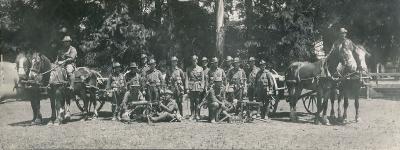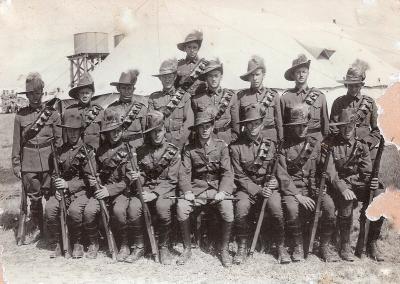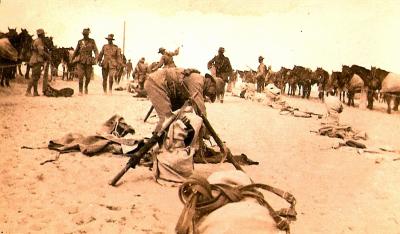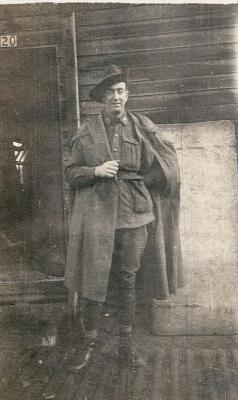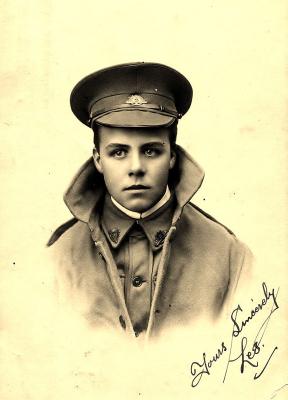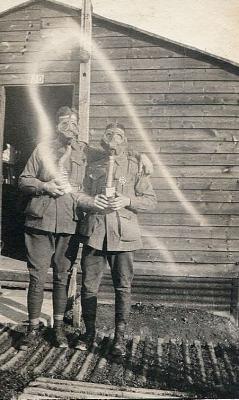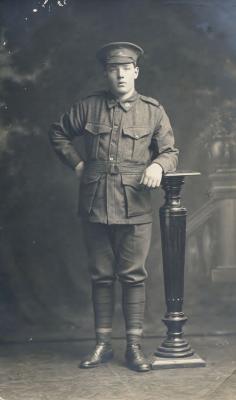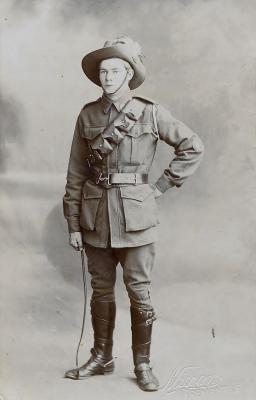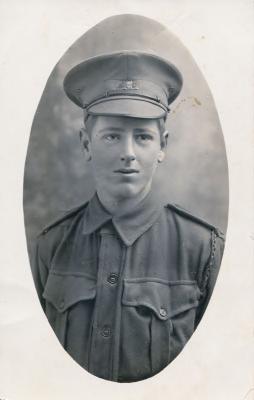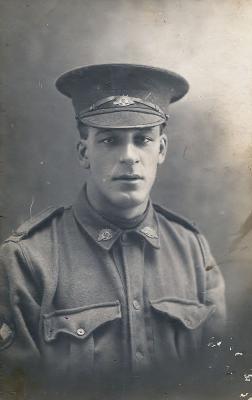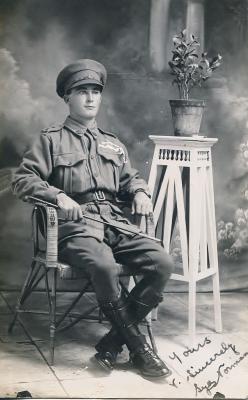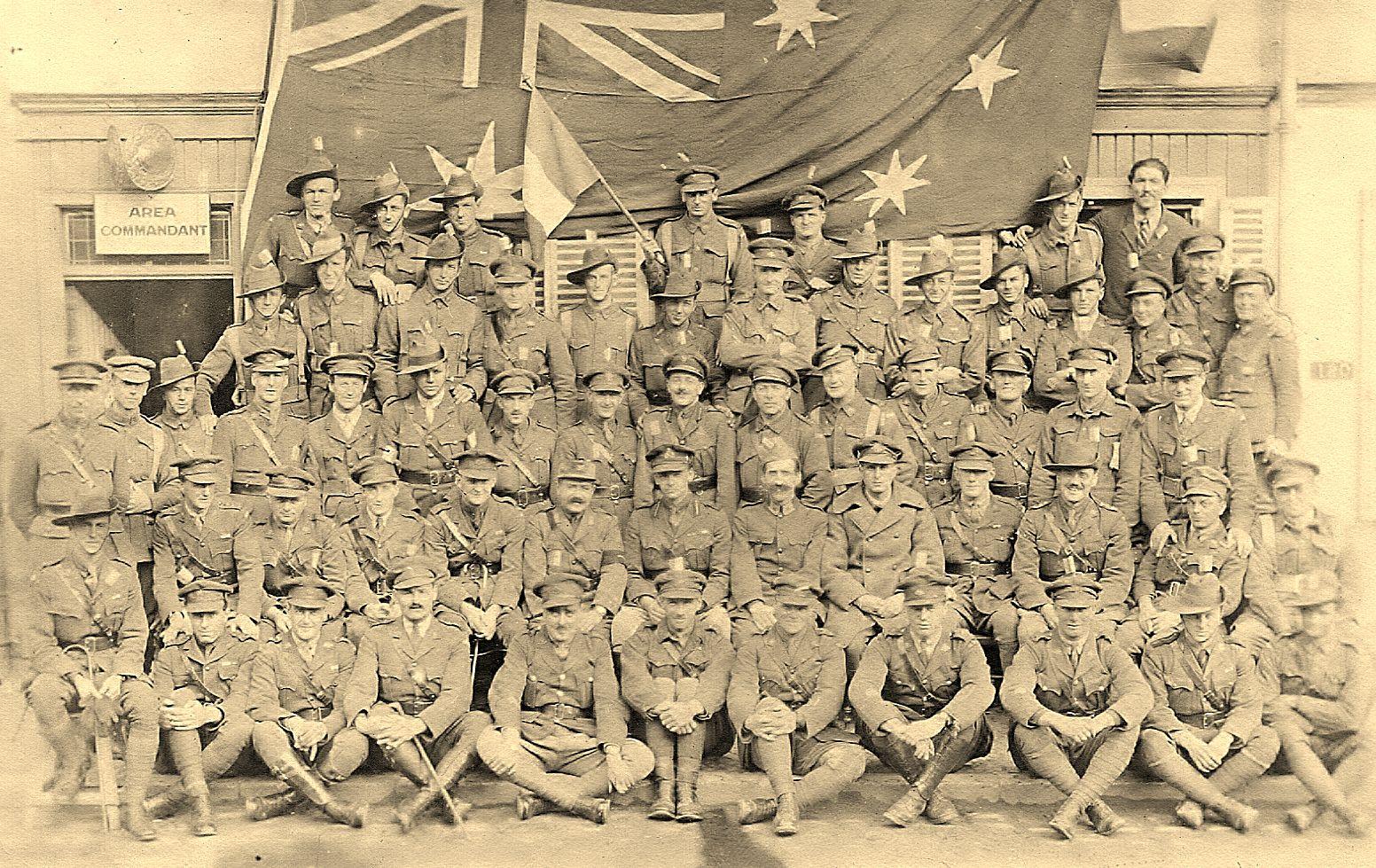World War 1, Europe, 16 Battalion, 1918
1918Château des Recollets at Florennes, Belgium, 16 Battalion Officers Mess
The 16th Battalion, Australian Imperial Force (AIF), was raised on 16 September 1914, shortly after World War I began. Primarily recruited from Western and South Australia, it formed part of the 4th Brigade under Colonel John Monash. After training in Victoria, the battalion sailed to Egypt in February 1915 and became part of the New Zealand and Australian Division.
The 16th Battalion landed at ANZAC Cove on 25 April 1915 and soon engaged in intense combat. Notable actions included the costly assault on Bloody Angle and the attack on Hill 971, which led to heavy losses and eventual withdrawal. The battalion remained at Gallipoli until the December evacuation.
Following Gallipoli, the battalion returned to Egypt, where the AIF was reorganized. The 16th Battalion contributed personnel to form the 48th Battalion and became part of the 4th Australian Division. In mid-1916, they deployed to France to join the Western Front, enduring brutal trench warfare until 1918. Their first major battle was at Pozières in the Somme, where Private Martin O’Meara earned the unit's first Victoria Cross.
The battalion fought in Belgium in 1917, suffering heavy casualties at Bullecourt, and helped repel the German Spring Offensive in early 1918. During the pivotal allied offensive in August 1918, they achieved significant victories, with Lance Corporal Tom Axford and Lieutenant L.D. "Fats" McCarthy receiving Victoria Crosses for their gallantry. The battalion’s efforts contributed to what German General Ludendorff called “the black day of the German Army.”
The 16th Battalion continued operations until late September 1918. With the war’s end in November, its members gradually returned to Australia for demobilization and discharge, marking the conclusion of their distinguished service.
Details
Details
Australian Army Museum of Western Australia
Australian Army Museum of Western Australia
Other items from Australian Army Museum of Western Australia
- World War 1, Australia, 16 Battalion, 1914
- Inter War, Australia Western Australia Rockingham, 10 Australian Light Horse, 1938
- World War 1, Middle East, Syria, 10 Australian Light Horse,1917
- World War 1, Europe, 1917
- World War 1, Africa South Africa Durban, 1917
- World War 1, Australia Western Australia, ELLIOTT, Australian Field Artillery, 1917
- World War 1, Europe, 1917
- World War 1, Australia Western Australia, 2541 TEMPLE, 51 Battalion, 1916
- World War 1, Australia Western Australia, 3052 HIDDLESTONE, 10 Australian Light Horse, 1916
- World War 1, Europe, 10 Light Horse, 3052 HIDDLESTONE, 1916
- World War 1, Australia Western Australia, 972 THOMPSON, 44 Battalion, 1916
- World War 1, Australia Western Australia, 2058 NORMAN, 10 Australian Light Horse, 1915
